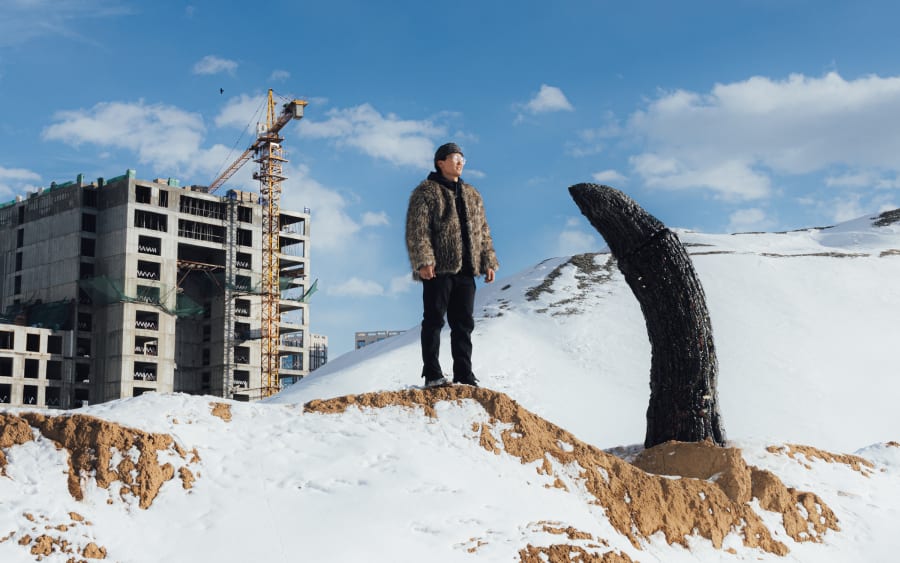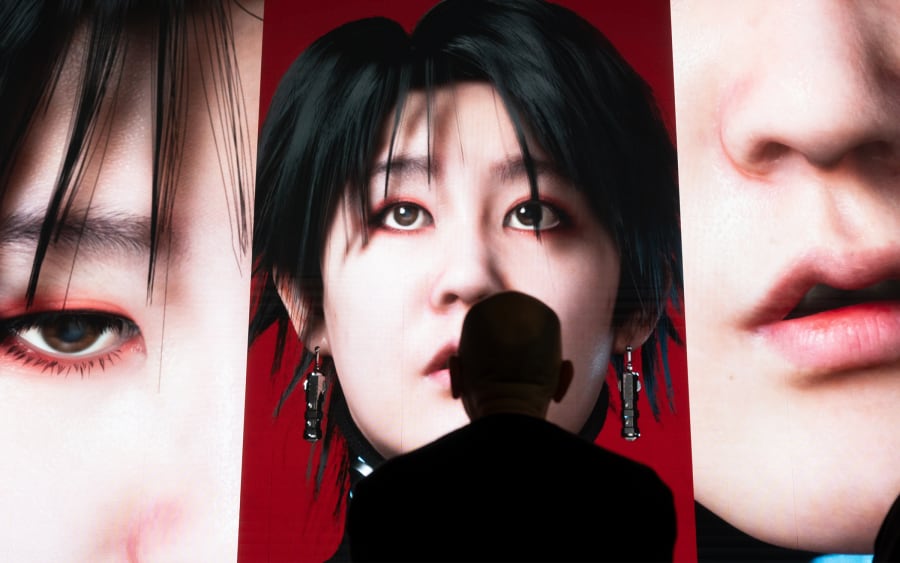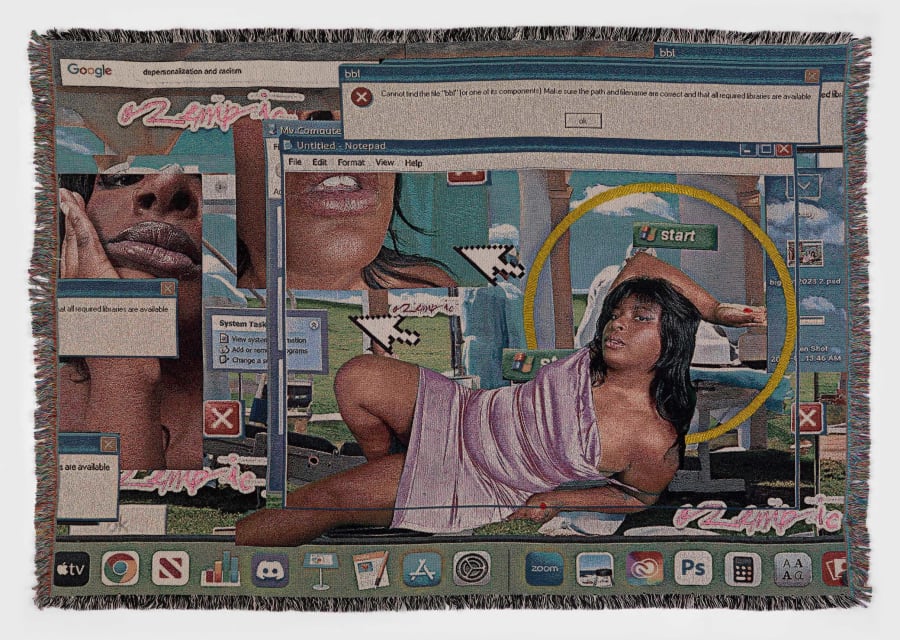The Celebes warty pig, with its moustache-like tufts of silver hair and long snout, looks rather amusing. Is it possible that over 45,000 years ago, on the Indonesian island of Sulawesi, people thought so too? What we do know is that Sulawesi’s inhabitants deemed the warty pig important enough to depict it on the walls of the Leang Tedongnge cave. The painting, discovered in 2018 by a team of archeologists, is currently the oldest known image of an animal made by man.
Since prehistoric times, artists have represented animals in mythological and religious art, scientific illustrations, and as psychological mirrors for the human condition. In contemporary art, animal imagery is having a resurgence. For some creators, animals serve as powerful metaphors for systems of political subjugation, such as colonialism and patriarchy. Other artists depict how animals testify to contemporary crises of ecological disaster and human cruelty.
Animals have become an important part of Eugenio Tibaldi ’s symbolic language. Long invested in the politics of marginal communities and individuals, the Italian artist (b. 1977) makes work about the human condition through appropriation, installation, and found-object sculpture. His current exhibition at Umberto Di Marino in Naples, ‘Why a Fable?’ (through April 19, 2024), takes its point of departure from a children’s book he wrote and illustrated. Titled La forma sprezzata (The Broken Form), the parable tells the tale of corruption in Italy in the 1980s and 1990s through a community of mice. In the show, Tibaldi includes illustrations of the rodents in seven framed mixed-media drawings, as well as directly on the walls.
At Art Basel Hong Kong, Tibaldi will show an installation featuring drawn and cut-paper sculptures of birds, created over several years of pandemic-borne isolation. Tibaldi drew inspiration for the work from The Conference of the Birds, a 12th-century verse by the Persian mystic poet Farid ud-Din Attar, that allegorizes human faults. Tibaldi’s depictions of birds adorn discarded everyday objects, including needlepoint, posters, and abandoned books. He tempers the whimsical illustrations with a touch of ribald irony; between their talons, the painted fowls clutch objects that represent bad habits and lustful cravings such as sex toys, an iPhone, alcohol, and Xanax. Alongside the birds, Tibaldi has added a painted stamp with the words ‘Claim the Power’ surrounding a stylized raised fist. Additional text explains that the imprint gives holders ‘official certification for the recognition of any type of minority.’ Here, birds suggest not only the despair of separation and the vices of pandemic times, but the possibility of liberation.
Trained as a painter, she first began using leather after her mother bought some skins at a fabric store which had closed down. She enjoyed the soft, supple surface but, as a then-vegan, the material prompted some soul-searching. ‘I was interested in connecting the constantly evoked endpoint or purpose of painting…with the suffering of animals,’ she says. Today, Vogel uses leather that could not be sold to industrial manufacturers, made from animals whose skins have been damaged by insect bites. ‘There’s so much already going on. It’s not blank,’ she explains of the leather’s texture – one of many strata in her multilayered, wild, searching practice, full of personal references yet resisting a linear narrative.
The relationship of nonhuman beings to suffering also concerns Kat Lyons (b. 1991), an American artist known for her large, glowing paintings of animals and vegetation, in which history painting and science fiction seem to collide. ‘I operate from a place of grief and longing. I truly cannot deny that,’ she said in a phone conversation with Art Basel last month. She describes the theme of her work as the uses and abuses of animals by humans, describing “the inextricable histories [of] agricultural development, medical experimentation, and technological innovation that link human advancement with the livelihood of other species.
Raised in Louisville, Kentucky, Lyons’s interest in animals arose at a young age. As she grew, she recognized the economies around animal management through the pet industry and trips to the local racetrack. During the pandemic, her relationship with animals took on new depth when she spent nearly two years living and working on a livestock farm in Sharon, Connecticut. There, she worked alongside a small group of people whose personal politics toward animals differed from individual to individual.
‘The lens of human sovereignty makes us not entirely aware of the challenges that animals face,’ Lyons explains. Rather than advocate one particular way of treating nonhuman lifeforms, she hopes to reframe the possibilities of how we relate to nature at large. At the farm, she said, categories were often on her mind – ‘which animals were deemed pet, pest, wild, domestic, food, not food,’ and ‘how that determined the kind of life they live.’ Paintings like Parade (2023) dramatize the question of categories as they relate to the interior life of animals. In this canvas, dominated by dark red tones, a lacerated horse in the foreground dreams of zebras; one of the striped animals leaps from the horse’s brain, while others surround it in a floating ether.
Lyons cites post-naturalist philosophers like Donna J. Haraway as inspiration for her work. The influence of Haraway’s impassioned theory about cyborgs and animals can be discerned in Chasm (2022) – a painting that will feature in Lyons’s upcoming solo show ‘Herd’ at Pilar Corrias in London (opening March 8, 2024). Lyons describes the work as an ‘accumulation of time spent on the livestock farm’ that offers multiple readings of the cow as a ‘culturally prolific animal.’ A bull stares down the viewer, grimacing and nearly stripped of its meat; its bare rib cage appears lit from within, while its muscles hang half-ripped from their bones. On its right side, blood vessels seem to terminate in a mass of cables. A blue tag on its ear references the myth of Babe the Blue Ox, the animal companion of the American folk hero, Paul Bunyan. Lyons explains that the work not only explores the myth of American machismo and the individual cow, but the ‘process of industrialization, the figurative and literal dissection of the [animal’s] body.’ ‘Throughout this ordeal,’ she adds, the cow ‘maintains agential power.’
Regardless of the approach, many contemporary artists seek to upend stale notions of animals as unknowable beasts or trophy objects. These ideas nod to the influence of philosophies like ecofeminism and deep ecology, which stress the interdependence between humans and nature. Haraway, in particular, has sought to level the hierarchy between various organisms in her writing, most notably in The Companion Species Manifesto: Dogs, People, and Significant Otherness (2003). She suggests that affinities between species are limitless – a notion that is reflected in the work of these visual artists. Their practices reveal how animals can nudge viewers beyond their anthropocentric point of view – leading the way, metaphorically, to new conceptions of how to be human.
Kat Lyons is represented by Pilar Corrias (London).
Eugenio Tibaldi is represented by Umberto di Marino (Naples).
Raphaela Vogel is represented by BQ (Berlin), Petzel (New York), Galerie Gregor Staiger (Zurich, Milan), and Meyer Kainer (Vienna).
All three artists will be on view at Art Basel Hong Kong 2024.
Wendy Vogel is a writer and independent curator based in New York, and is a Part-Time Assistant Professor in the BFA Photography program at Parsons School of Design. She is the recipient of an Andy Warhol Foundation Arts Writers Grant in Short-Form Writing.
Caption for top image: Kat Lyons, Herd (detail), 2023. Courtesy of the artist and Pilar Corrias.Published on February 29, 2024.


